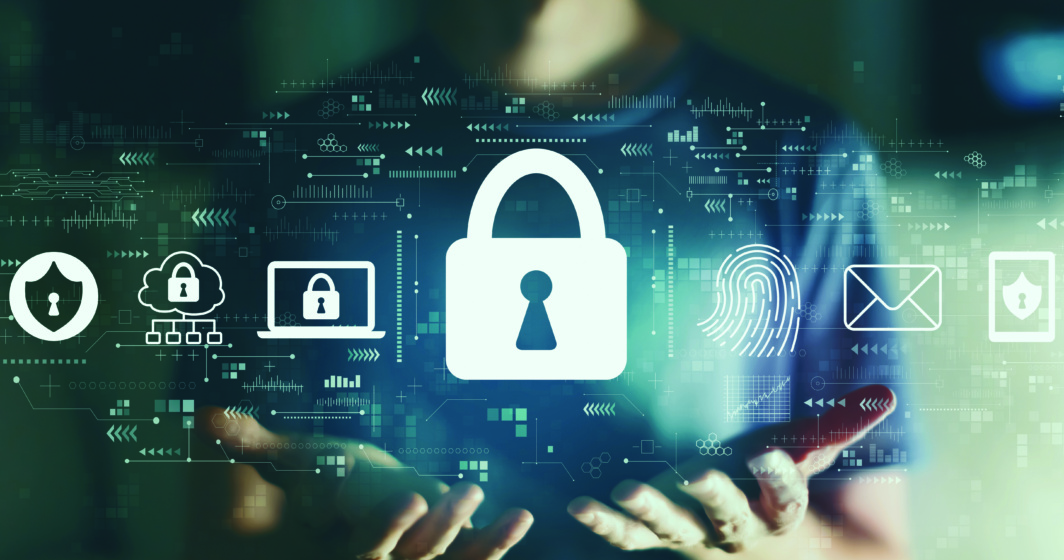It’s time to face reality; no company or individual is 100% safe from cyber-attacks. There are, however, a few things that you can do to lower your risk.
1. Upgrade your passwords
Have you noticed that when you set a password for a new service these days, the requirements are increasing?
It may seem ridiculous but as computing power grows; passwords are becoming easier to hack. In 2000, a seven-letter and two-number (eg. raptors11) password would take just under four years to crack using the processing power of a desktop computer. In 2023, that same password is going to take 0.76 seconds to crack.
It is critical that as technology advances so do your passwords. It is important to add more characters, use upper and lower case, include special characters like @ and & and avoid using whole words or names.
If you really want to use a word or name, replace a letter with a special character. Eg. Raptor might become R#ptor.
2. Different passwords for different sites
Brute forcing a password like the above example is not going to be the only way someone can get your password. You could have a password 100 characters long, but if the site you are using it on gets hacked, it doesn’t matter. Unfortunately, sites get hacked all the time. So, it is highly recommended to use a different password on every site.

2FA increases the security of your account.
3. Two-factor authentication (2FA)
An increasingly common form of security is 2FA. This means that after you enter a site it will ask you for a second level of security such as a code sent to your email or phone. Or approving the login using an authentication app like Google or Microsoft Authenticator. If a site offers this sort of security, it is highly advised to take it up. By forcing someone to authenticate through another means than just a password, you are making it even harder for a hacker to get in. This is probably the best defense you can have.
4. Change your password and log out often
Long-cherished passwords are like leaving a spare key to your car on the bonnet. So, change your passwords often. When changing passwords, you quite often get the option to log out all sessions. Make sure to do this.
It means that if you have accidentally left yourself logged in on another computer or device, that you’re not leaving any unsecured access.
5. Use a VPN to stay anonymous
By encrypting your traffic with a VPN, you lower the chance a hacker can intercept your information and use it to gain access. These are relatively cheap, and many companies have been using them for decades.
6. Don’t ignore those update warnings
The easiest system to break into is a PC that doesn’t have the latest security patches in place.
There is an endless number of other things that you could be doing to protect your accounts with many more levels of security. These six steps are just the basics and the most often overlooked!
For more cyber safety tools visit:
www.cyber.gov.au/resources-business-and-government

